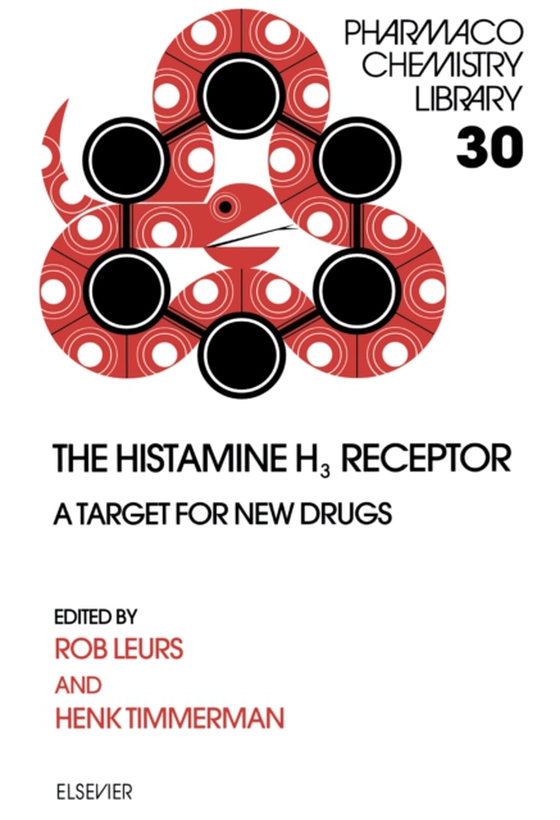
Histamine H3 Receptor e-bog
2738,46 DKK
(ekskl. moms 2190,77 DKK)
In the early eighties when the H3 receptor was identified, many thought that an H3 ligand, an agonist or an antagonist, would become available as a therapeutic agent. This has not occurred. The reason for this could be the fact that many investigators consider histamine mainly, if not only, as a mediator present in for example mast cells being released during allergic events. However, it has be...
E-bog
2738,46 DKK
Forlag
Elsevier Science
Udgivet
9 december 1998
Længde
290 sider
Genrer
Pharmacology
Sprog
English
Format
pdf
Beskyttelse
LCP
ISBN
9780080534008
In the early eighties when the H3 receptor was identified, many thought that an H3 ligand, an agonist or an antagonist, would become available as a therapeutic agent. This has not occurred. The reason for this could be the fact that many investigators consider histamine mainly, if not only, as a mediator present in for example mast cells being released during allergic events. However, it has become apparent that histamine is an important neurotransmitter. Its role in the nervous system, especially in the central part of it, is rather extensive.The H3 receptor is mainly found as a presynaptic one, both on histaminergic neurons (the auto-type) and on other neuronal systems (the hetero-type). Both the H3 agonist and the H3 antagonist cause important pharmacological effects. Several ligands have become available now, including radiolabelled analogues.In this book, the current state of affairs with regards to the medicinal chemistry and pharmacology of the H3 receptor and the several ligands available are presented by a number of experts in the field. The book presents an extended review of what has happened since the first H3 paper appeared. The editors hope that publication of this work will lead to an increase in interest of both academia and industry for the H3 receptor, especially as a target for drug development.
 Dansk
Dansk

